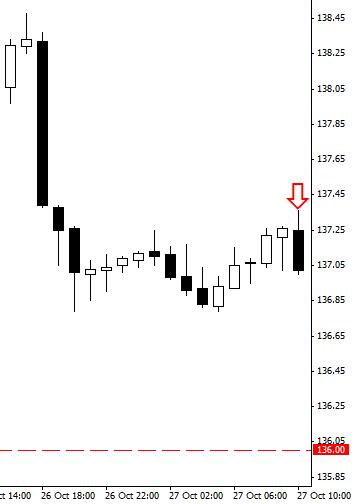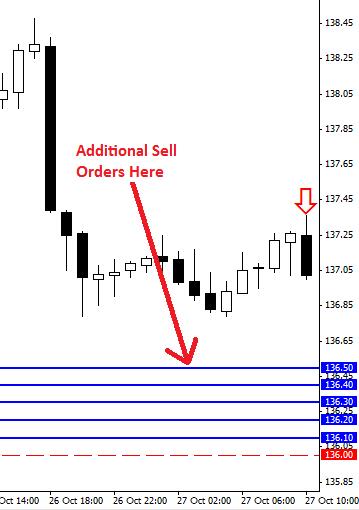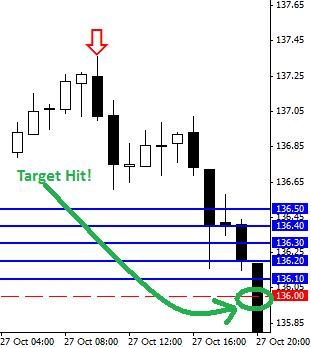Why I Add to Winning Positions
Many traders find a great trade setup; take the trade, and then watch. If the trade goes in the opposite direction – if the trade does not do well many traders will consider adding to the position.
Averaging down, adding to a losing position, it does not matter what it is called, it is basically taking more of a losing position. It is no different than making reservations for a restaurant that you don’t like because the food made you ill and the staff was rude. It sounds funny but it is true. By adding to a losing position you are asking for more of what you don’t like.
Click here to order your copy of The VXX Trend Following Strategy today and be one of the very first traders to utilize these unique strategies. This guidebook will make you a better, more powerful trader.
Now, let’s consider this scenario. Let’s say that you make reservations for a restaurant, you show up to find your table waiting for you, the staff are wonderful and the food is great. Would you only eat an appetizer because you didn’t want to “ruin the experience?” Would you leave early because you don’t want to have “too much of a good thing?”
You probably wouldn’t if you are like most people.
But this is exactly what many traders do – they add to losing positions (often maximizing the loss) and they rarely add to positions that immediately go in the expected direction.
Think about what that means for your trading account. That means that when you are right you are not maximizing profits and when you are wrong you are increasing your losses.
One great way to increase your profits is to add more positions as the trade goes in the expected direction. This is a lot like making reservations for that great restaurant – you know the food is good and you want some more!
Many traders can exponentially improve their profits by simply adding to winning trades and resisting temptation to add to losing positions.

Here is an example from this week. With this trade I sold the EUR/JPY at 137.00 and targeted the red line down at 136.00. I could have simply sold the EUR/JPY and waited for the market to hit 136.00 – and then I could congratulate myself and be very happy since the trade made 100 pips. But instead, because the trade went in my direction I added to the trade and made 280 pips instead. This is how it unfolded. I took one position at 137.00 and then I put additional sell orders in at 136.50 (one position), 136.40 (one position), 136.30 (one position), 136.20 (two positions) and 136.10 (two positions).

Instead of 100 pips on the winning trade I had several positions 100+50+40+30+(20×2)+(10×2) = 280 pips. Notice how I did not immediately add to the trade, but instead decided that if the trade went 50 pips in the expected direction I would allow the additional sell orders to kick in.

What would have happened had this trade immediately gone against me? Well, I would have only lost on the first position, thereby limiting my losses. I think it is important to wait for the market to give you feedback before you start adding to a winning position, so I always place additional orders at least 50% closer to the profit target than the initial position.
Think how much more money you would make if your losing trades were more than 87% smaller than your winning positions … it is a lot like making reservations for that excellent restaurant, over and over again.
Walter Peters, PhD is a professional forex trader and money manager for the DTS private fund. In addition, Walter is the co-founder of Fxjake.com, and often coaches other traders. If you would like to learn more about Walter’s trading strategies, take a look at Walter’s upcoming webinar.
Just released! Leveraged ETF PowerRatings ranks Leveraged ETFs on a high probability 1-10 ratings scale. Click here to get your free trial now.
